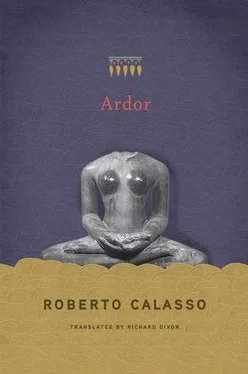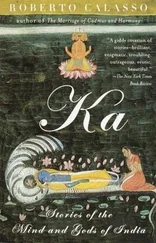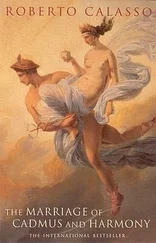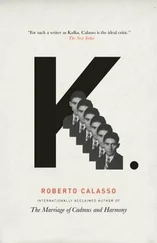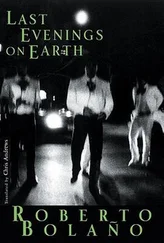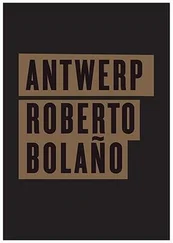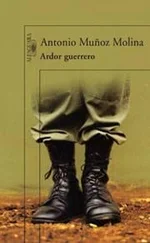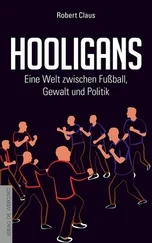* * *
Quite a number of scholars have recently toned down their descriptions of the Vedic people so far as they could, for fear of being accused of presenting them as blond Aryan predators. They are no longer conquerors who burst forth from the mountains, laying waste to the kingdom of the indigenous tribes and cruelly subjugating them. They are now a group of migrants who filter down to new lands, a few at a time, meeting hardly any resistance, since the previous Indus civilization was already extinct, for reasons that have still to be discovered. A proper correction, supported by the scant archaeological evidence, but one that sometimes arouses a suspicion of excessive zeal. And, to remove any inappropriate scruple, it is enough to recall, in the words of Michael Witzel, that “the Nazis persecuted and murdered hundreds of thousands of the only true Aryans in Europe, the (Rom, Sinti) gypsies. It is well known that they speak an ancient neo-Indian language that has close links with the modern Dardic, Punjabi and Hindi languages.”
The Āryas may not have thrown themselves into crushing conquests, but the realm of imagery, at least, is captivated by the thunder of their horses and their war chariots, unknown before then in the lands of the Indus. As in a cloud of luminous dust, they were preceded by the ranks of the Maruts, the “storming sons of Rudra.” This is how the hymns of the Ṛgveda describe them: “Come, O Maruts, with your chariots made of thunderbolts, laden with songs, laden with spears, with horses like wings! Fly to us like birds with the noblest drink, you of beauteous magic!”; “The earth shakes in fear before their surge: like an over-laden ship, quivering”; “Even the vast mountain has taken fright, even the ridge of the sky shakes at your fury. When you Maruts sway armed with lances, you flow like water in the same direction.” It is difficult to think of those who sang of the Marut exploits as mild seminomadic shepherds, worried only about their herds and transhumance. Splendor and terror were with them when they were accompanied by the Maruts, with their flashing lances on their shoulders, studded with colorful decorations, with gold coins fixed to their breasts, united, compact, as if they were all simultaneously yielded up from the sky.
* * *
When Louis Renou published his first translations of the Ṛgveda in 1938, he quoted the words of Paul-Louis Couchoud as an epigraph to the Introduction: “Poetry was on the wrong track, [Mallarmé] said with a smile, ‘starting from the great Homeric deviation.’ And if anyone asked him what there was before Homer, he answered: ‘Orphism.’ The Vedic hymns … have something to do with Mallarmé’s Orphism.” Renou didn’t return to this theme in the Introduction, nor did he mention Mallarmé again. But epigraphs are the locus electionis of latent thoughts. That was the right place to suggest that the history of poetry did not end with Mallarmé, but had been Mallarméan at birth. “The Orphic explanation of the Earth,” the ultimate definition of poetry according to Mallarmé, does not apply so much to the late Orphic hymns, but above all to the Vedic hymns from which, a few streets away from rue de Rome, Abel Bergaigne was already unraveling the endless tangle of images. In order to feel the Mallarméan resonance it is enough to open the hymns at random, for example at the beginning of 4.58, the hymn to ghṛtá , ghee, the clarified butter used in rituals. This is how Renou translated it in 1938: “From the ocean the wave of honey has surged: with the stalk of the soma it has assumed the form of ambrosia. This is the secret name of the ghee: tongue of the gods, navel of the immortal.”
* * *
For a Westerner trained in philology, it is hard to think of anything more frustrating than Indian history. Quicksand in every direction. Dates and figures never certain. Here the centuries move back and forth as months do elsewhere. No passage is entirely convincing. What brought about the passage from the Ṛgveda to the Brāhmaṇas? And why from the Brāhmaṇas to the Upaniṣads? And from the Upaniṣads to the Sūtras? Every literary genre is already sketched out in what came before. Or else it stands in contrast with what came before. Alternatively — and this is the most disconcerting case — the two genres coexist. How can we unravel this knot? Or how, at least, can we fathom its densest part? The path that takes us farthest is still the self-referential one. The Ṛgveda has to be understood through the Ṛgveda —and nothing else (as in Bergaigne and in Renou). The Brāhmaṇas are understood through the Brāhmaṇas — and nothing else (as in Lévi and in Minard). Meanwhile the passage from the Ṛgveda to the Brāhmaṇas is still uncharted, or barely explored terrain. As if understanding Homer made it impossible to understand Plato — and the other way around. Whereas the whole of Greece must inevitably be seen as stretching between Homer and Plato.
Viewed from the standpoint of the Enlightenment, the Veda is as dark as night, dense, with no apparent inclination toward clarity. It is a world that is self-sufficient, highly tensioned, even convulsive, wrapped up in itself, with no curiosity about any other manner of existence. Streaked by all kinds of violent desires, it has no thirst for objects, vassals, pomp. If we are looking for an emblem of something utterly alien to modernity (however it might be defined), something that might look upon it with complete indifference, we find it in the Vedic people.
In the preface to the first edition of The World as Will and Representation (1818), Schopenhauer wrote that access to the Vedas by means of the Upaniṣads “is in my view the greatest advantage which this still young century has to show over previous centuries.” Momentous words: in comparison with the century that had just ended, the new period, according to Schopenhauer, offered a wonderful bonus, as the result of a single book, the daring edition of several Upaniṣads, translated into Latin from a Persian version, published by Anquetil-Duperron in 1801–1802 under the title Oupnek’hat , and later read by Schopenhauer in the 1808 edition. That text alone was enough to tip the balance of knowledge in favor of the nineteenth century.
* * *
Certain details help us understand the strangeness, the intractable Vedic singularity. The first complete commentary that we have of the Veda is that of Sāyaṇa, which dates from the fourteenth century. As if the first commentary we had on Homer had been written 2,100 years after the Iliad.
The world of the Veda is made of this: its elements: fire, water; among the animals: the cow, the horse, the goat; an “ocean,” samudrá, which can be heavenly, earthly, in the mind, each having incalculable limits; the word, eros , the liturgy; rocks, mountains; ornaments in clothing or on the body; bands of warriors, stockades torn down, the clash of arms.
Certain key words crop up time and again. With seemingly persistent monotony. And yet each of those words has a profusion of meanings, for the most part coded. If we follow Grassmann’s Vedic dictionary, padá , the cow’s hoof print, also means, in order of importance: “step,” “footprint,” “track,” “sojourn,” “region,” “(metrical) foot.” But you can also add: “radius,” “(single) word,” or “speech.” If we are talking about the “hidden padá ,” Renou says it is “the mystery par excellence, which the poet tries to reveal.” Already we are a long way from the cow’s hoof print, which itself is mysterious and venerable, since a special “libation on the hoof print,” padāhuti , is dedicated to it.
Читать дальше
